As a technician, I’m always skeptical of “pro-sumer” tools. So when I got the chance to test the OTOFIX D1 Lite on a tuned 2015 Ford Mustang GT equipped with a Kenne Bell supercharger, I was curious to see if it could keep up.
Spoiler alert – I came away impressed.
A quick brand note – Otofix is a professional sub-brand of Autel, and this unit runs on the same reliable, user-friendly Android-based system Autel is known for.
First Look & Setup – Unboxing the D1 Lite
The D1 Lite feels like a mini Android tablet – compact, with a responsive touchscreen. It comes with a Bluetooth OBD2 dongle that even includes a built-in flashlight – a handy feature for dim garages.
We encountered one minor issue at the outset – you must pair the dongle with the tablet via Bluetooth before proceeding. Once we figured that out (it took about 30 seconds), we were ready to go.
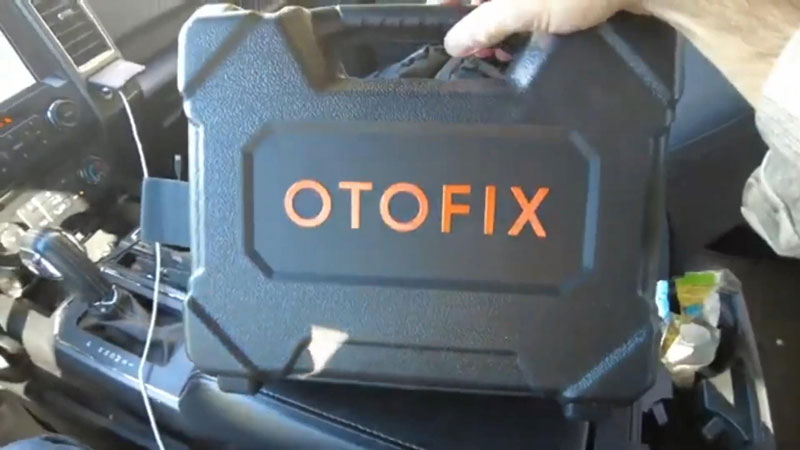

The Real-World Test – Diagnosing a Supercharged Coyote
We plugged into my friend Cade’s 2015 Mustang. The menu was intuitive – we selected Ford, and the tool correctly identified the vehicle as a 5.0L gasoline manual.
We ran an “Auto Scan,” which checked every module in the car. The speed was decent – not as fast as my $8,000 shop laptop, but more than quick enough for the price.
Here’s what we found:
- PCM Codes – It flagged catalyst efficiency codes (unsurprising, since the car has no catalytic converters).
- U-Codes – We found communication codes, which often point to a past low battery or voltage dip.
- The Cool Find – It pulled a code for the Adaptive Cruise Control radar sensor. With a GT350 front bumper installed, the sensor was likely misaligned or uncalibrated. The D1 Lite gave us a clear diagnostic clue with no guesswork.
- We also browsed the live data stream, which was smooth and easy to read – perfect for tracking sensor values during intermittent issues.
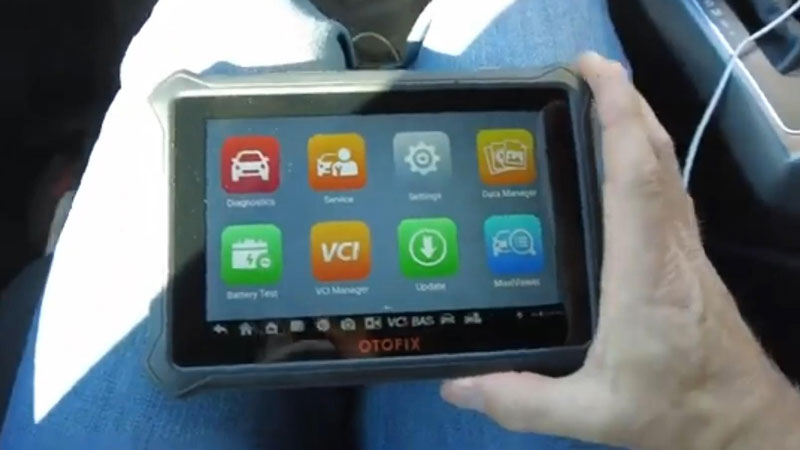
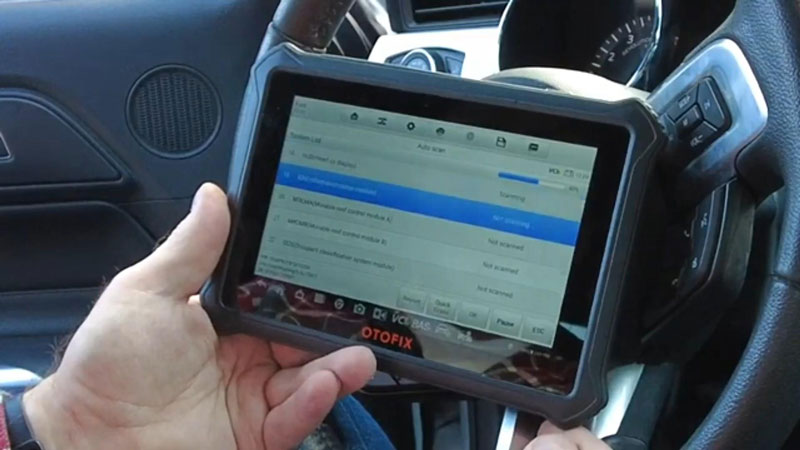
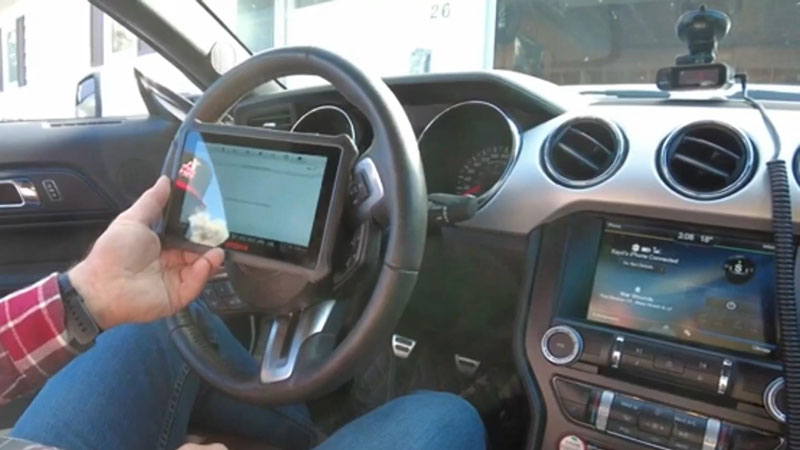
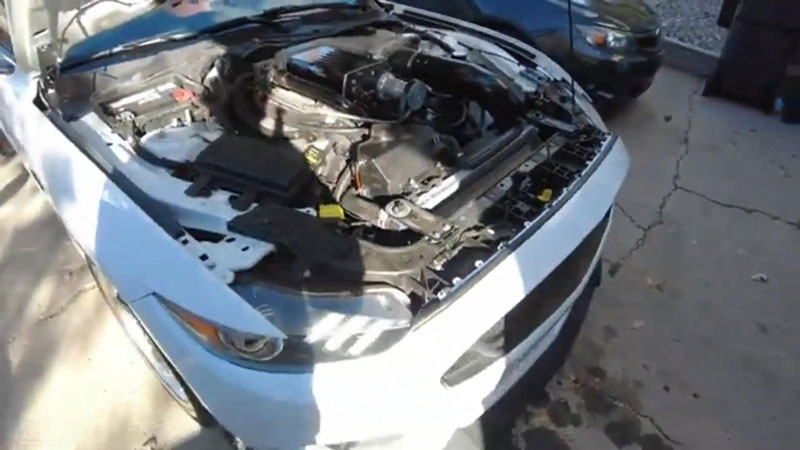
My Verdict as a Technician
The OTOFIX D1 Lite strikes a powerful balance between basic code readers and intimidating professional tools.
What I Liked
- Broad Vehicle Coverage – Works on everything from daily drivers to exotics.
- User-Friendly Interface – Easy to navigate for anyone with smartphone experience.
- Deep Diagnostics – Reads codes, displays live data, and resets monitors across all systems (engine, ABS, SRS, etc.).
- Incredible Value – Delivers about 90% of what most users need from a pro scanner, at a fraction of the cost.
The Limitation (and It’s a Good One)
It doesn’t support module programming – and that’s actually a safety plus. Programming can brick a car’s computer if done incorrectly. For most home users, this tool is ideal for diagnosis, not flashing.
Should You Buy the OTOFIX D1 Lite?
Absolutely. If you’re an enthusiast tired of paying just to read codes, or you love working on modern cars and want deeper insight, this tool is a game-changer. It’s the perfect garage companion – giving you the confidence and clarity to handle jobs yourself.
For the DIY and pro-am audience – it’s a solid 9/10.

